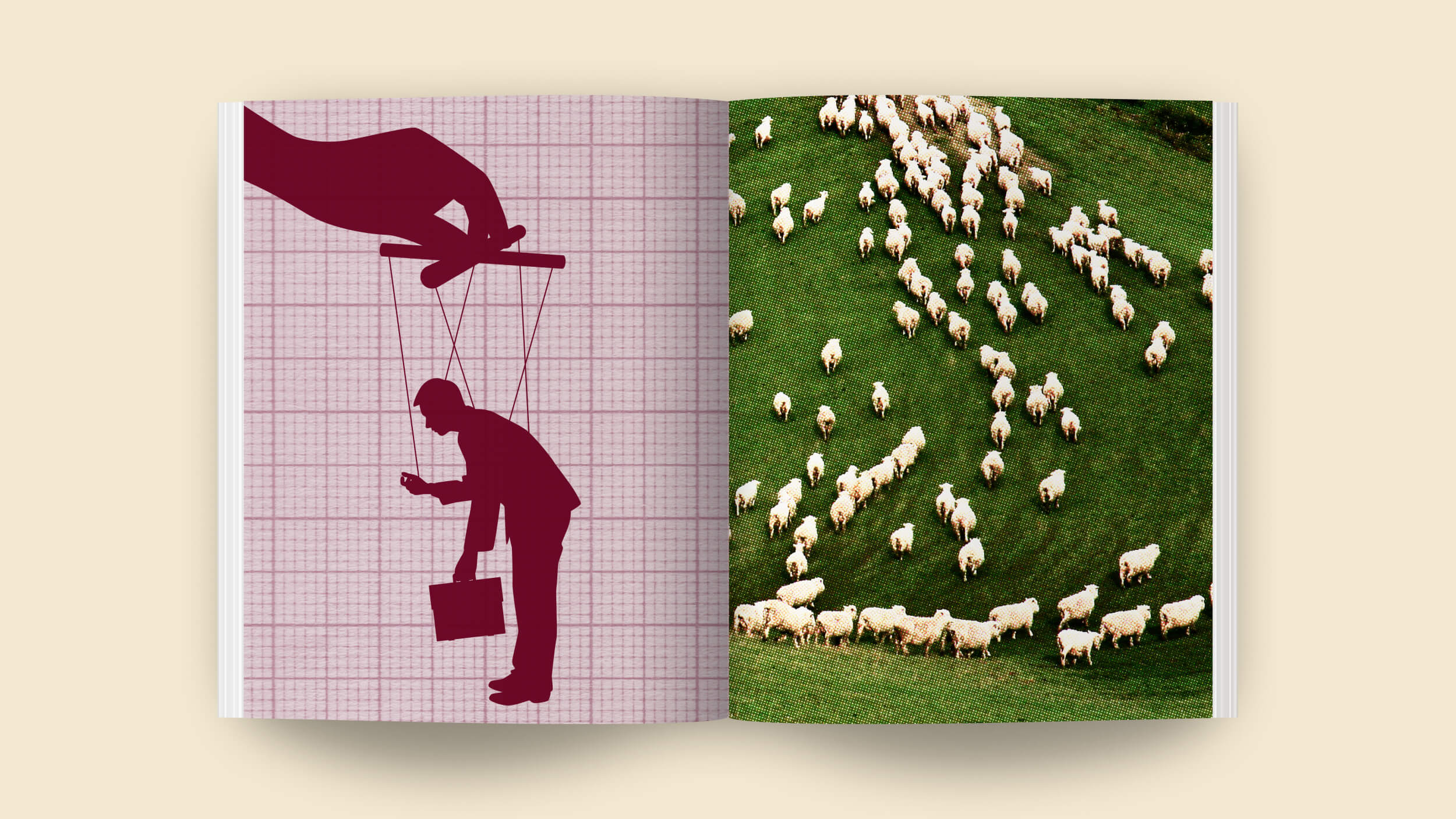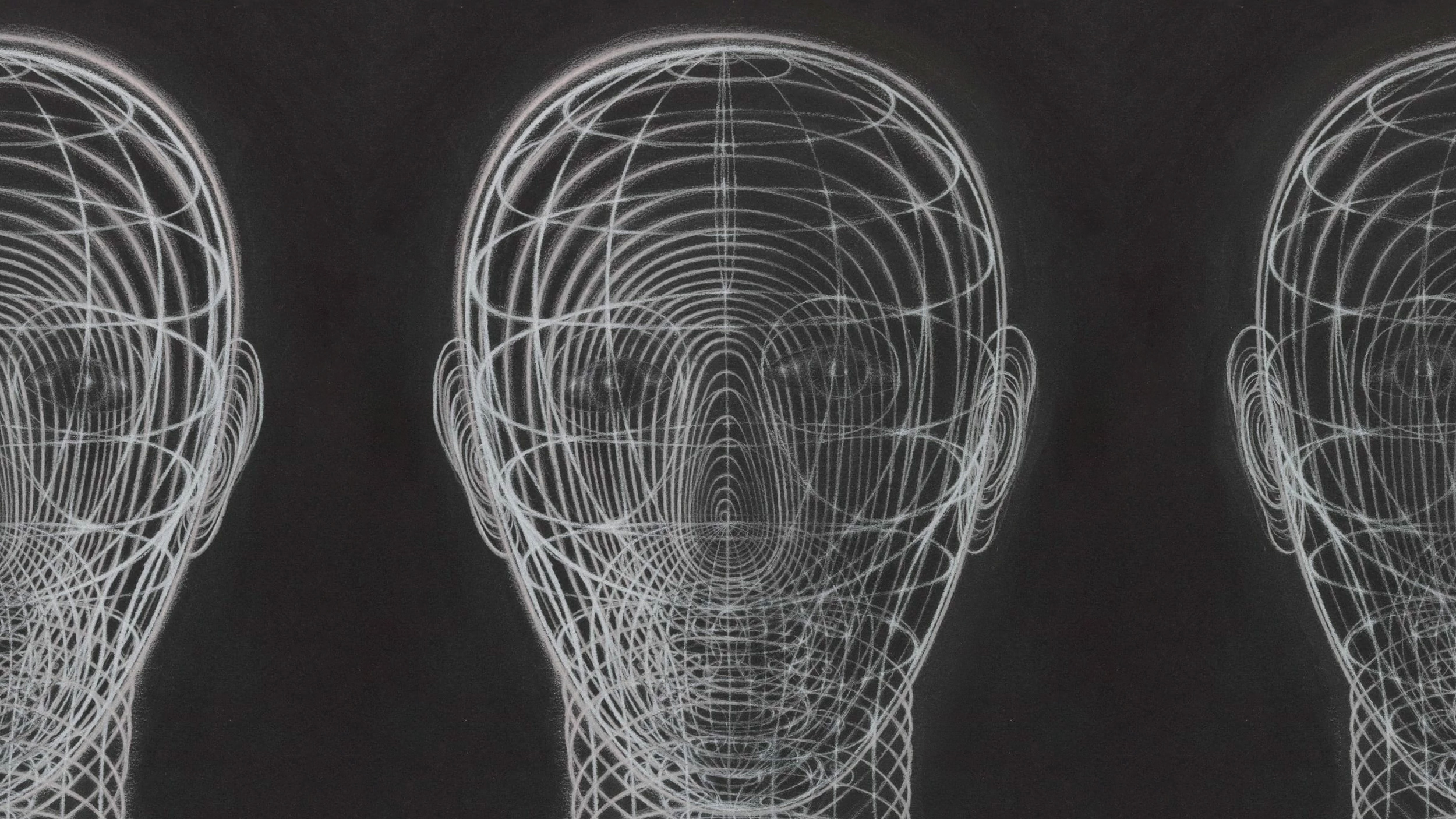3 ways to build team trust and achieve the next big thing

“Trust is so important to how we scale an idea. Without that trust, we don’t take risks. And without risk we don’t build that next big thing,” says Nilofer Merchant, author of The Power of Onlyness. Getting there, though, is something we struggle with. As Americans, we’re raised to think of ourselves as individuals first, and coupling in a trusting relationship with someone else isn’t necessarily something that comes naturally. In her Big Think+ video, “The Power of Onlyness: Go from ‘You’ to ‘Us’ with Trust,” Merchant presents techniques she uses for establishing trust with others.
Getting acquainted
While it’s easy to charge into a meeting with some specific outcome in mind, Merchant’s approach involves setting the stage first by taking the time to understand who you’re dealing with and where your personal goals intersect, or not.
Merchant uses the metaphor of a “user guide,” an imaginary owner’s manual that lays out how each of us works and what we want.
Revealed within our manuals are the types of things that we tend to pursue, as well as “plug-in points” where there’s an overlap of interests that could allow two people to connect. It’s important to get a peek at the other person’s user guide as well as to gently reveal your own so the other person knows how you work.
Questions, answers, and more questions
“For any meeting I’m going to,” says Merchant, “I’m not only thinking about what I want to share, I’m thinking about what it is I want to ask.” She recommends devising 5 to 10 questions ahead of time that will help you learn the other person’s intent, interests, and purpose.
It’s likely that your colleague will have questions of their own for you. These inquiries can be equally instructive. In reading between the lines to understand why the question is being asked, you may, first off, be able to answer more satisfactorily. Second, another person’s questions give you more intel regarding their concerns. “That actually lets me go,” Merchant says, “’Okay, well what they care about is this, and therefore do I care about the same thing? Do I care about something else?’”
What Merchant is seeking is what she calls “resonance,” the basic background dynamic between a meeting’s participants. It’s about areas of agreement, disagreement, and areas in which people share a goal but differ on the specifics of getting there. Tuning oneself to the room’s resonance makes the interaction more predictable and allows you to more methodically identify and build points of interconnection.
Reaching across tricky issues
There will inevitably be moments in which differences in perspective can stand directly in the way of arriving at solutions. Merchant suggests a particular sort of wording for these moments.
Instead of forcefully conveying an “I’m right, you’re wrong” message — especially when you’re not really sure if you are right — present your idea as a question that begins with “could it be?”: “Could it be that we agree on…?” or, “Could it be that we disagree on…?” The purpose of these inquiries is to beget a discussion instead of an argument.
As Merchant explains, “I’m not asking them to tell me if I’m right or wrong… I’m asking them to essentially come into that exploratory space, that co-creative space, that steps them outside of what do they already think, but ‘could it be…?’”




